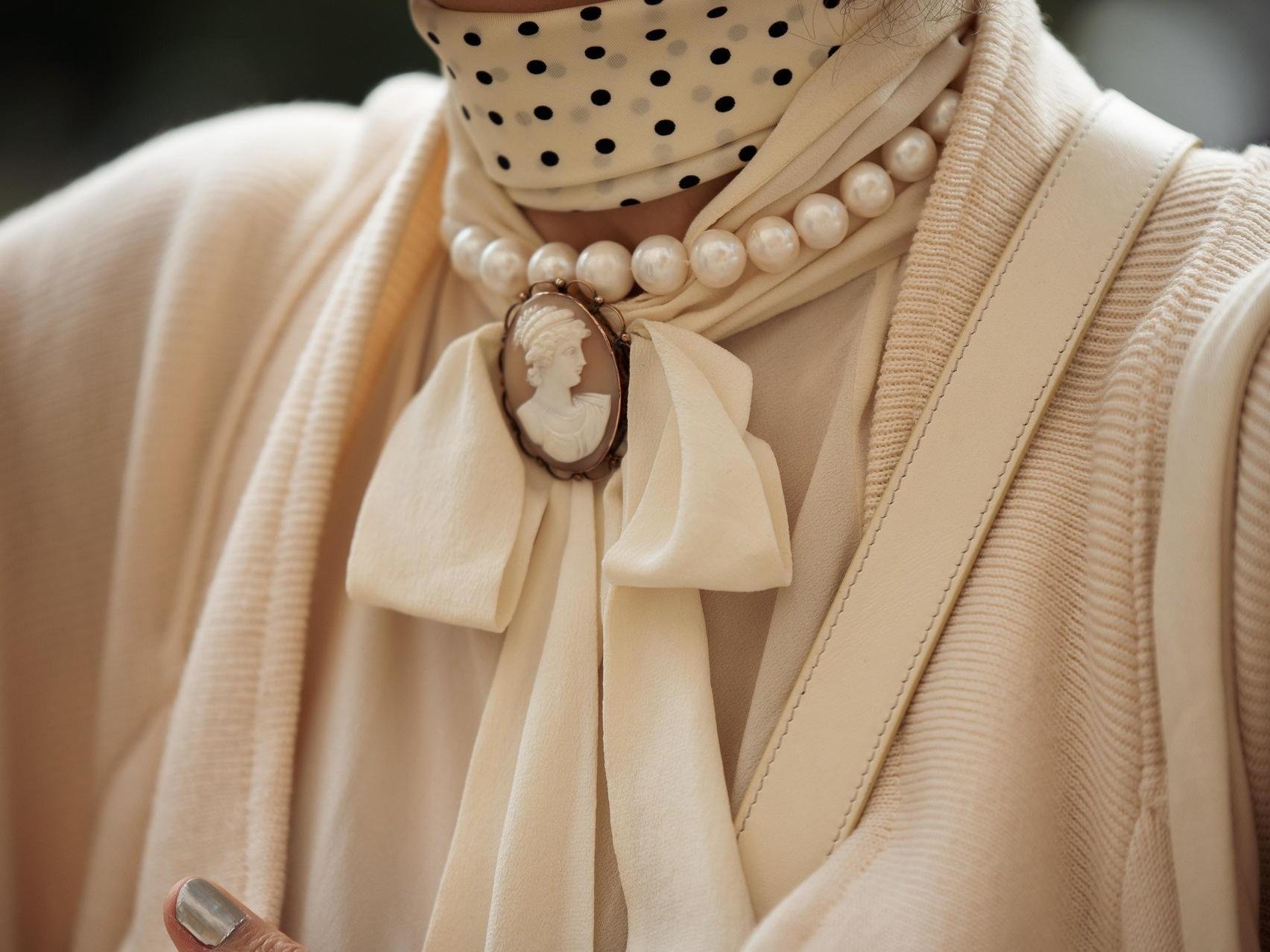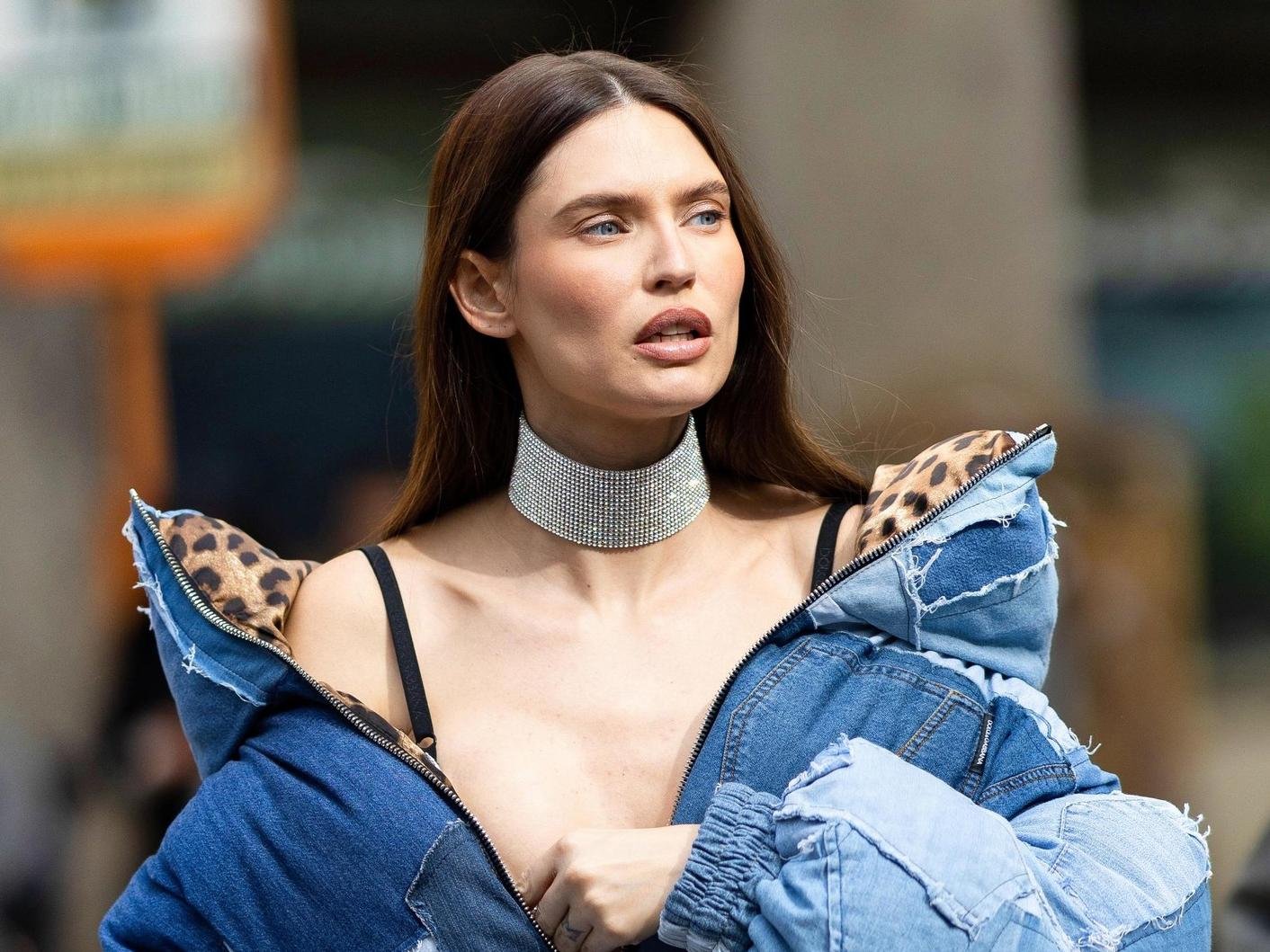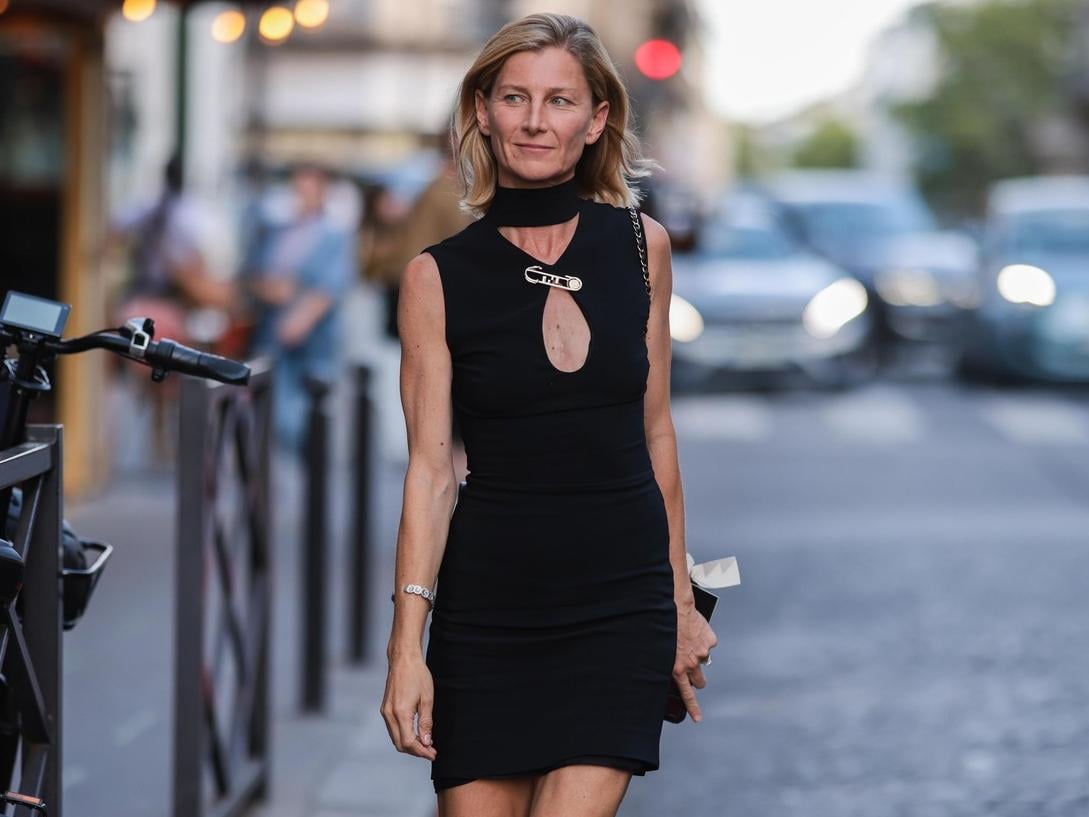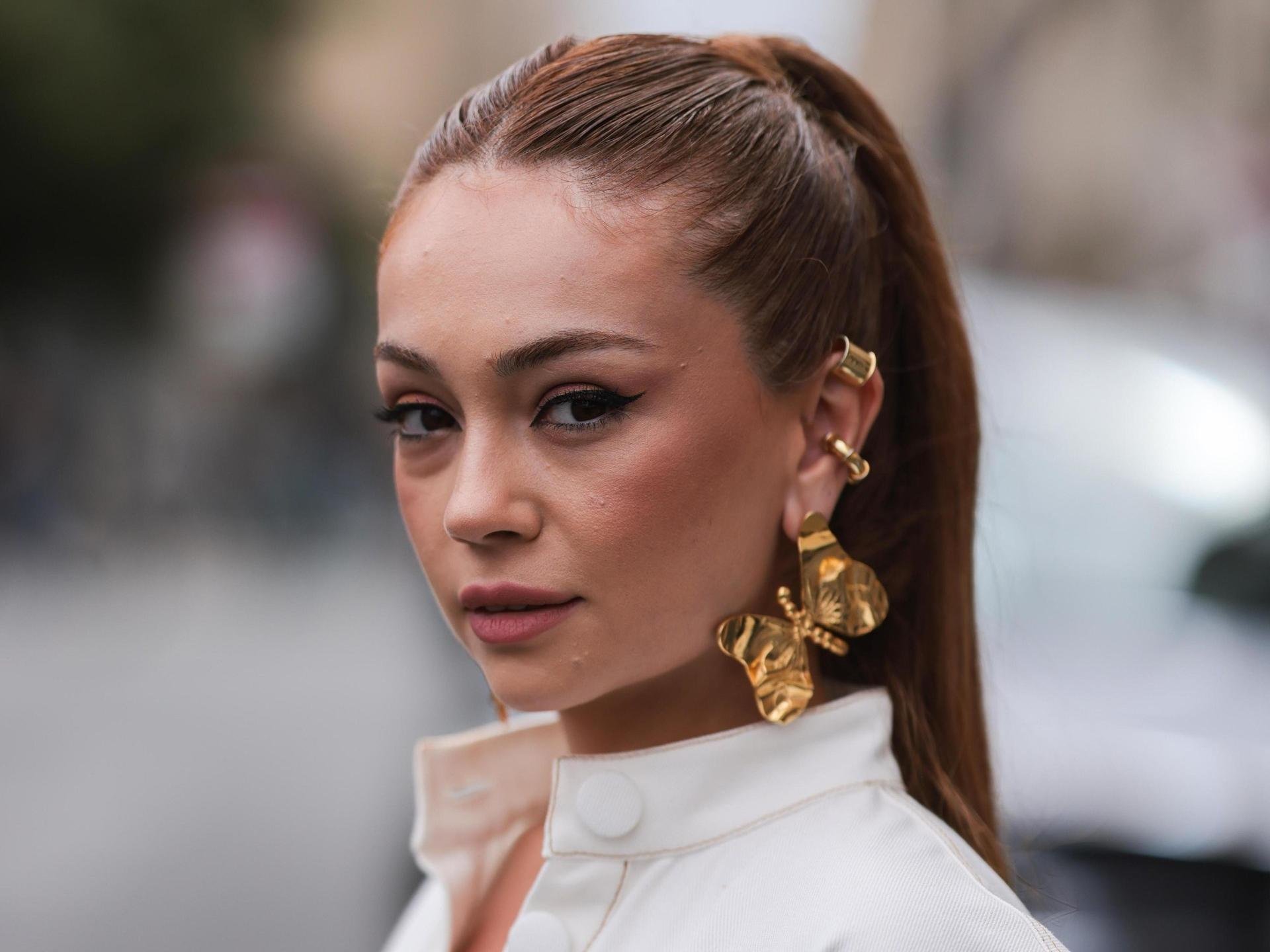It’s hard to imagine a woman without jewelry– each of us has a ring, earrings, a pendant, or a bracelet that give us confidence, a sense of style, and beauty. Beyond the familiar clip-on earrings, decorative crosses, and chunky chains, it’s time to take a closer look at stud earrings, chokers, cameos, and many other fashionable accessories.
Do you know what these unusual words mean and what items they represent? Olga Leffers, founder of the VintageDream gallery, vintage jewelry expert, and collector, shared insights into the most fashionable accessories to know in 2023.
This accessory resembles a familiar bracelet but is worn on the ankle. It became popular in the 90s during a cultural blend, but the anklet’s origins trace back to ancient times. Archaeologists found that ancient civilizations wore anklets, discovered in Sumerian tombs. In Ancient Egypt, anklets indicated a woman’s wealth, while in Ancient India, they reflected social and marital status. Indian dance costumes still feature flexible anklets, called “payal,” adorned with jingling pendants that move in sync with the dance.
Today, traditions have turned into history, and the anklet is a trendy accessory worn by women of all ages and backgrounds. There are numerous variations of anklets: gold, silver, beads, and metal. This accessory should be worn with bare ankles, paired with short skirts, dresses, and shorts.
Lariat

Lariat, derived from the English word meaning “lasso,” is an accessory with a loop at the end. Its history is ambiguous, linking to bolo ties popular among American cowboys and to Turkish men’s attire, where it served as an amulet. Gradually, the lariat transitioned into women’s jewelry, gaining intricate knots, decorations with stones and tassels, flowers, and pendants. In modern culture, the multifunctionality of the lariat is especially valued; it can be worn around the neck, woven into complex hairstyles, used as a bracelet, or even worn as a belt. Consider lariats made from beads or other materials popular in naive art, inspired by collections from Bottega Veneta and Balenciaga.
Cameo

The jewelry term originates from the Italian word “chama,” meaning “seashell.” A cameo is an accessory made from stone or shell with artistic carvings in relief. The earliest pieces were found in Alexandria, dating back to the 3rd century BC, and in Russia, Catherine the Great was a notable admirer. Cameos featured women’s portraits or floral motifs given as tokens of deep affection, as well as imperial images or scenes from ancient history.
Cameos were traditionally worn on chains or velvet ribbons or set into brooches or medallions. Today, they adorn earrings and rings, often paired with chunky chains. Rihanna, a big fan of cameos, seamlessly integrates the accessory into her sporty looks.
Stud Earrings

In Western Europe, a stud was a pin with a large head, adopted by jewelers in the early 20th century. In Russia in the 90s, studs were considered bright stickers mimicking earrings for young fashionistas without pierced ears. The term settled in our jewelry vocabulary as “studs,” though opinions differ on whether studs are identical to “earrings” with longer posts, while studs attach almost invisibly to the earlobe.
Today, minimalist earrings are no longer called “studs,” and due to their versatility, studs are at the peak of popularity this season. Look for models in any shape, whether strict geometry, delicate flowers, or romantic hearts. They can complement any look, from elegant evening wear to relaxed casual with sporty accents.
Choker

Terminologically, a choker is a type of necklace that fits snugly around the neck, typically 35-40 cm long. The English term “choker” translates to “noose,” but the variety of chokers is not limited to gothic collar necklaces. Chokers can rest at the base of the neck as a thin thread or combine several strands of pearls with a bright detail like a large gemstone, heart, or flower. Historically, the choker is one of the oldest types of jewelry: worn by Mayan tribe leaders as a symbol of power and by women in Ancient Egypt and Mesopotamia. In the 19th century, Alexandra of Denmark, who became Princess of Wales and later the wife of King Edward VII, popularized the piece. In the 1920s, the Art Deco movement elevated chokers to true art, with some of the most beautiful pieces created by René Lalique.
Chatelaine

The name of this accessory comes from the French word “chatelain,” meaning “castle owner” or “squire,” highlighting its practical rather than purely decorative origins. Keys, watches, and even medical instruments were attached to a clip with a chain due to the lack of pockets and purses.
In the era of utility, chatelaines were worn on the waist, but by the early 18th century, they became standalone items with clips that attached to clothing, elevating them to the rank of brooches. Today, with vintage being trendy, the chatelaine as an epitome of vintage jewelry is a must-have for any fashion enthusiast.
Fur Clips, Dress Clips, Clip Pins, and Clipmates

Another beautiful legacy of the Art Deco era. The fur clip, a pin for fur garments, is credited to the Cartier jewelry house, which released the first piece in 1928. Dress clips serve the same function but are meant for any fabric. They appeared at the same time, featured in collections from various jewelry houses: Coro, Trifari, Miriam Haskell, and Polcini.
In the early 1930s, a design was invented to combine a pair of dress or fur clips into one brooch. This design was called “clip pins” or “clipmates,” and the most famous in this range was the “Duettes” composition by Coro, making clip pins synonymous with duettes. Today, this accessory is another nod to the vintage trend. Wear it however and wherever you like, attaching it to lapels, pockets, jacket sleeves, shirt collars, or handbag pockets.
Cuff Earrings

The name comes from the English word “cuff.” Today, ear cuffs are especially trendy, stylish accessories that usually do not require piercing, perfect for those hesitant to get pierced. The first cuffs were discovered in 2300 BC on the British Isles, worn by the Greeks, Romans, Indians, Asians, and Russian princesses. Since large gemstones weighed down the earlobe, cuffs became traditional bridal jewelry.
This season, cuffs are a major trend. There are many designs and styles, but their main distinction is the attachment method. Clip-on cuffs have a semicircular shape, attaching to the cartilage part of the ear. Cuffs with hook clasps wrap around the ear. Some designs attach in two places: one part goes through the earlobe piercing, while the other clips onto the ear.
Sautoir

Sautoir is an elongated necklace ranging from 112 cm to 180 cm. The word comes from the French phrase “porter en sautoir,” meaning “to wear on the back” or “across the shoulder.” This is how French women wore sautoirs in the 1920s during the peak of the Art Deco era. Coco Chanel particularly loved the sautoir variant made of pearls with a tassel, known as the “bayadere.”
With this accessory, you can emphasize both your back and décolleté. It can be worn not only with elegant dresses but also with a crop top or t-shirt. Which sautoir to choose? They are made from artificial beads, seed beads, metal, as well as precious stones, silver, and gold. Perhaps the most current model is the minimalist sautoir-tie.


